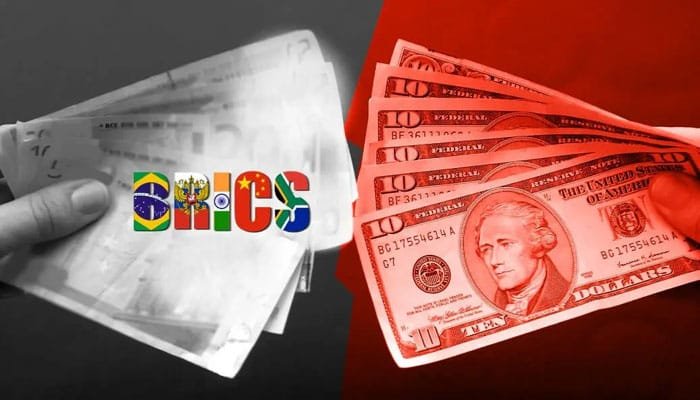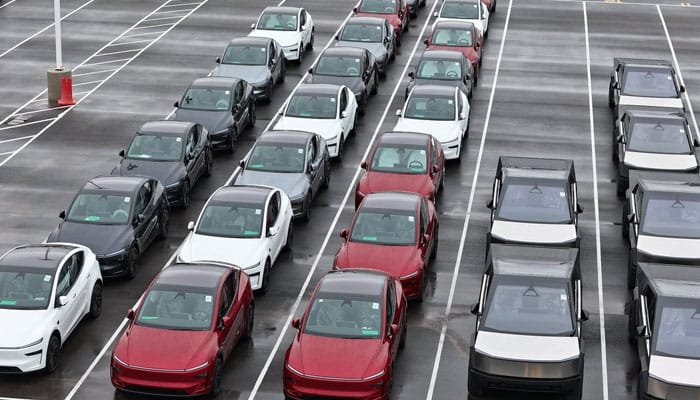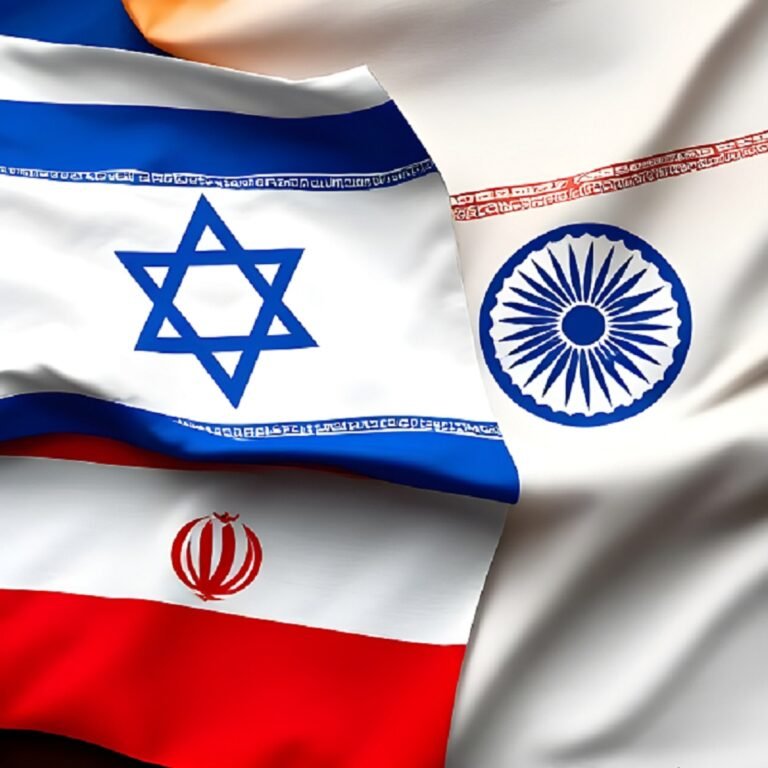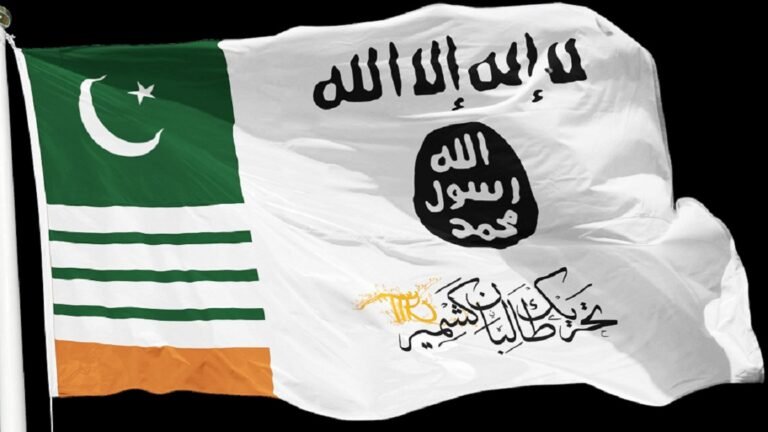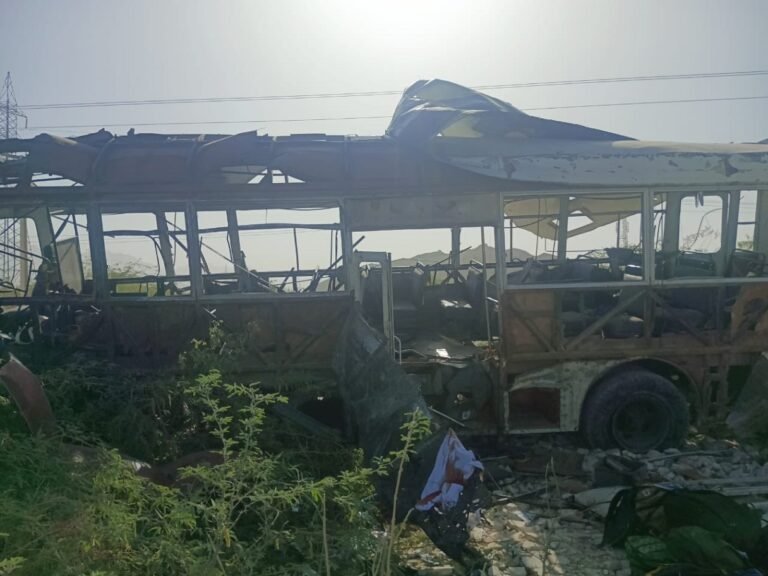𝑪𝒂𝒔𝒉 𝒕𝒓𝒂𝒏𝒔𝒂𝒄𝒕𝒊𝒐𝒏𝒔 𝒕𝒉𝒓𝒐𝒖𝒈𝒉 𝑨𝑻𝑴𝒔 𝒂𝒏𝒅 𝑶𝑻𝑪 𝒄𝒉𝒂𝒏𝒏𝒆𝒍𝒔 𝒄𝒐𝒏𝒕𝒊𝒏𝒖𝒆 𝒕𝒐 𝒓𝒆𝒑𝒓𝒆𝒔𝒆𝒏𝒕 𝒂 𝒍𝒂𝒓𝒈𝒆 𝒔𝒉𝒂𝒓𝒆 𝒐𝒇 𝒕𝒐𝒕𝒂𝒍 𝒓𝒆𝒕𝒂𝒊𝒍 𝒑𝒂𝒚𝒎𝒆𝒏𝒕𝒔 𝒃𝒚 𝒗𝒂𝒍𝒖𝒆.
Pakistan: Total Retail Payments Grew by 35%. Resultantly, the total transactions reach 6.4 billion with a value of PKR 546.6 trillion. Retail payments include a wide variety of payment methods, such as ATM withdrawals, over-the-counter (OTC) transactions, and digital payments.
Digital payments within retail saw an even more significant increase. Their share of total retail payments rose to 84%, up from 76% in FY23. The number of digital retail payment transactions grew to 5.37 billion in FY24, marking a substantial shift towards digital channels.
Despite the increasing use of digital payments, cash remains dominant, particularly in higher-value transactions. The Rs. 9 trillion cash-in-circulation (residing outside the formal banking system) shows a significant portion of economic activity remains outside the digital payment infrastructure.
While digital payments have seen substantial growth, particularly in terms of transaction volume, 𝐭𝐡𝐞 𝐭𝐨𝐭𝐚𝐥 𝐯𝐚𝐥𝐮𝐞 𝐨𝐟 𝐫𝐞𝐭𝐚𝐢𝐥 𝐩𝐚𝐲𝐦𝐞𝐧𝐭𝐬 𝐢𝐬 𝐬𝐭𝐢𝐥𝐥 𝐥𝐚𝐫𝐠𝐞𝐥𝐲 𝐝𝐫𝐢𝐯𝐞𝐧 𝐛𝐲 𝐧𝐨𝐧-𝐝𝐢𝐠𝐢𝐭𝐚𝐥 𝐦𝐞𝐭𝐡𝐨𝐝𝐬. Bridging this gap will require reducing cash dependency through financial inclusion initiatives, expanding digital infrastructure, and increasing trust in digital payment systems. The rapid rise in mobile and internet banking, coupled with the potential of platforms like Raast, suggests that digital payments will continue to capture a larger share of retail payments in the coming years.
The Digital Payments Snapshot displays increasing trend of payments via online methods. In fact, the increasing penetration of digital payments can help the government in managing the financial structure across the country. It is particularly helpful in increasing the new taxes. Moreover, it can identify sectors which need support.
Recently, Pakistan was able to get IMF loan of $7 Billion. There are stringent terms with the loan and requires including the retail sector into the tax net.

